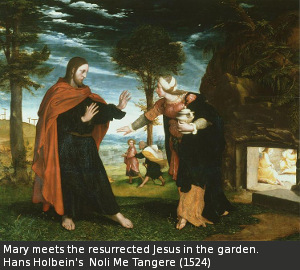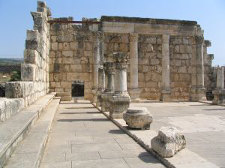
It is fascinating to see the part women had in the life of God’s Son during His third of a century on this planet. We all know of His arrival in the body of a young virgin and of the encouragement that Elizabeth and Anna gave to her at that time (cf. Luke 1:36-45, 2:36-38).
Then, for 30 years, Joseph and His mother had authority over Jesus (cf. Luke 2:51, Matt. 13:55). Mary suffered much shame in that notorious town of Nazareth for having a son by an unknown father (cf. John 1:46, 8:41, 8:48).
During the three years of His public ministry in Israel, the Savior cured women who were ailing (cf. Matt. 8:14-15, 9:20-22), raised one from the dead (cf. Matt. 9:18-26) and highly praised one for her sacrificial giving (cf. Luke. 21:1-4). He also reached out to “a woman of Samaria” (John 4:7ff.) and to “a woman of Canaan” (Matt. 15:22) in the land of Tyre and Sidon, concerning whom He said: “Great is your faith!” (Matt. 15:28).
Much if not most of the finances that our Lord and His apostles needed came from women who were thankful for his ministry in their own lives (cf. Luke 8:1-3). Also, Mary and Martha, sisters of Lazarus, provided rare hospitality and devotion to Him at Bethany, near Jerusalem (cf. Luke 10:38-42; John 11:1-45,12:1-8).
Finally, when the Lord Jesus was betrayed by Judas and abandoned by the other disciples (cf. Matt. 26:47-56), it was women who stayed by our Savior as He was crucified (cf. Matt. 27:55-56, Mark 15:40-41). The one named last, Salome, was a sister of Jesus’ mother and the mother of the apostles James and John. Then the apostle John returned to Jesus with these four women (cf. Jn. 19:25-27). Amazing! Of all His disciples, only one man showed such devotion to the end—and four women!
Even more amazing, if possible, is the record of what women did when Jesus died and rose again. When Joseph of Arimathea and Nicodemus buried the body of Jesus in a special tomb (cf. John 19:38-42), “the women who had come with Him from Galilee followed after, and they observed the tomb and how His body was laid” (Luke 23:55).

 Reprinted with permission from
Reprinted with permission from 


Discussion